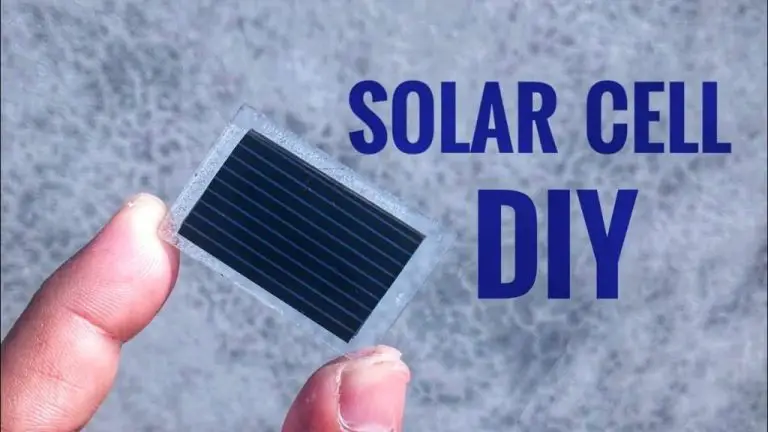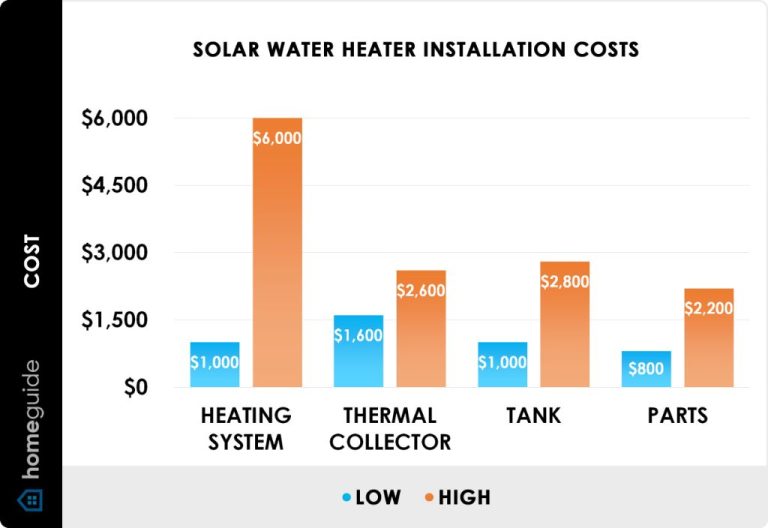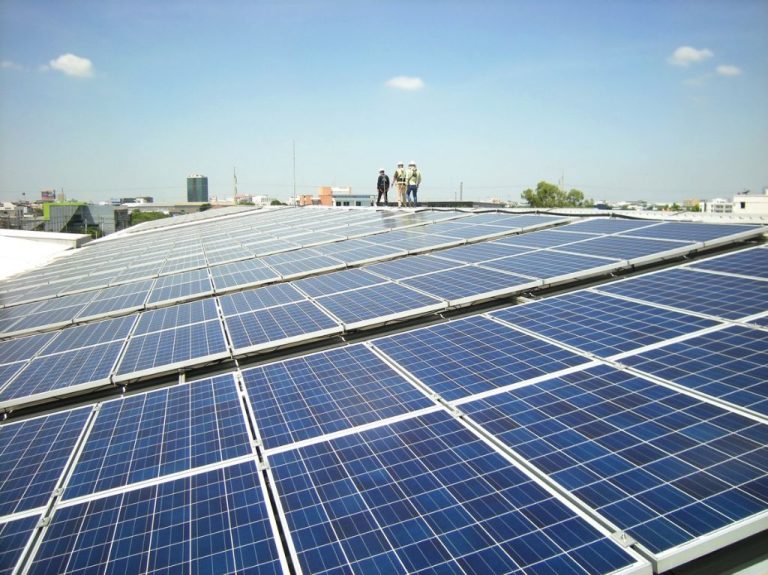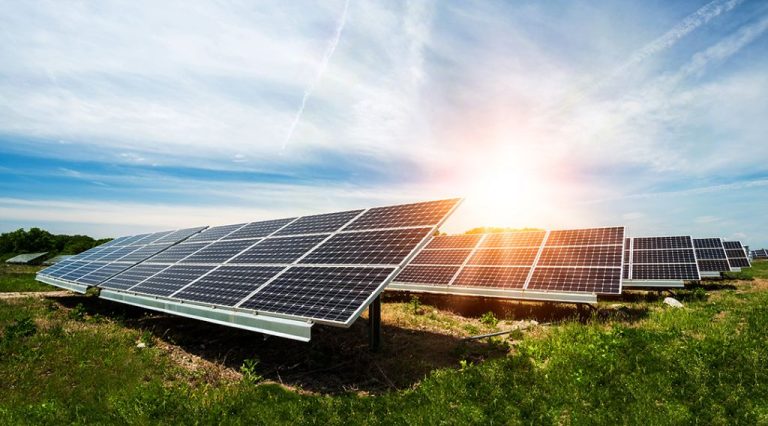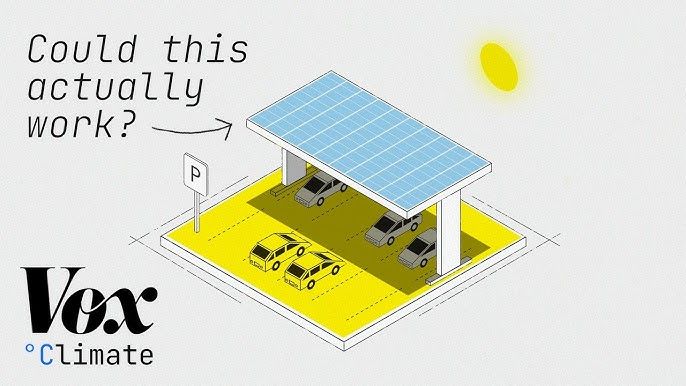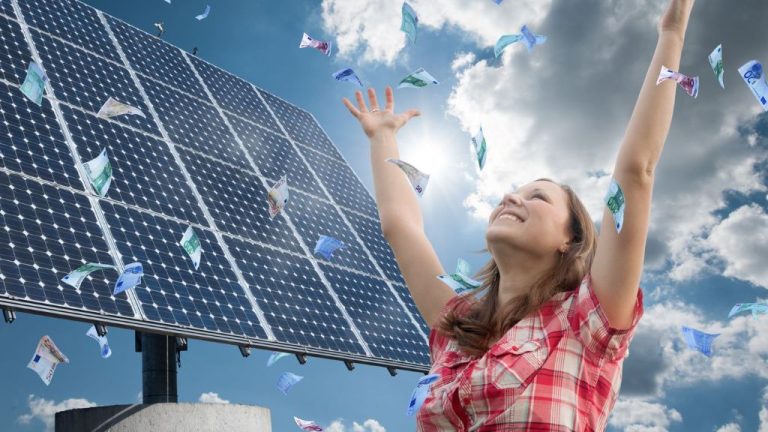Do Solar Panels Work When There Is No Sun?
Solar panels are devices that convert sunlight into electricity. They work by absorbing photons from sunlight and using them to generate an electric current. The key premise behind solar panels is that they need exposure to sunlight to produce electricity. This article examines whether solar panels can still function when the sun’s rays are blocked, such as on cloudy days or at night.
How Solar Panels Work
Solar panels work through the photovoltaic effect, which is the process of converting sunlight into electricity. Specifically, solar panels contain photovoltaic cells made up of semiconducting materials like silicon. When sunlight hits these cells, the photons in the light excite the electrons in the semiconducting material, causing them to break free from their atoms. This generates an electric current that can then be captured and used as electricity. The photovoltaic effect was first discovered in 1839 by French physicist Edmond Becquerel (https://www.energysage.com/solar/solar-panels-work/).
The photovoltaic cells in solar panels are arranged in grids and sandwiched between sheets of glass or plastic. The cells absorb photons from sunlight and convert them into electrons, creating an electric current. Wires and conductive plates within the panel collect the electrons as they are knocked loose, channeling the current into an outlet that can be connected to electrical systems and appliances. In this way, solar energy from the sun gets converted directly into usable electricity.
Solar Panel Efficiency
Solar panels work by converting sunlight into electricity through the photovoltaic effect. Their efficiency refers to the percentage of sunlight energy that is converted into usable electricity. Most residential solar panels today have efficiencies ranging from 15% to 22%, with higher end models reaching above 22% efficiency.
According to the Center for Sustainable Systems, though most commercial panels have efficiencies between 17-20%, researchers have developed PV cells with efficiencies approaching 50%.
Solar panel efficiency is determined by testing panels under standard test conditions. Key factors that affect efficiency include the semiconductor materials used, the cell’s crystal structure, light absorption ability, and transparency of the top panel.
Higher efficiency solar panels will produce more electricity from the same amount of sunlight. So panel efficiency is an important consideration when choosing which solar panels to install. However, higher efficiency panels are generally more expensive. So installers must balance efficiency vs cost when designing a solar array.
Over time, researchers continue to develop more efficient solar cell technologies and manufacturing techniques. This ongoing improvement has substantially increased the energy yield of solar installations.
Sources:
Center for Sustainable Systems. “Photovoltaic Energy Factsheet.” https://css.umich.edu/publications/factsheets/energy/photovoltaic-energy-factsheet
Solar. “Solar Panel Efficiency – Pick the Most Efficient Solar Panels.” https://www.solar.com/learn/solar-panel-efficiency/
Performance on Cloudy Days
Solar panels can still generate electricity even on cloudy days when direct sunlight is blocked by cloud cover. This is because clouds act as diffusers that scatter sunlight in multiple directions (SEIA). The solar cells in the panels can absorb this diffused light and convert it into electricity, though at a reduced rate compared to direct sunlight.
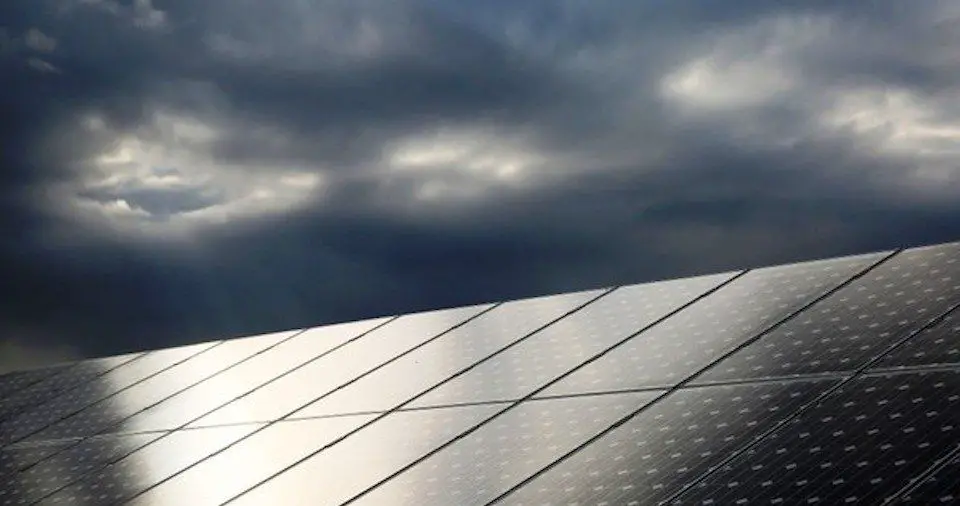
On an overcast day, solar panels may produce 10-25% of their rated capacity, compared to 60-90% on a sunny day (CNET). Factors like cloud thickness and panel orientation impact production on cloudy days. Thinner, lighter clouds allow more diffused light through versus thick storm clouds. Tilting panels to face more of the sky rather than laying flat can also increase cloudy day output.
So while solar panel efficiency decreases on cloudy days, the panels can utilize diffused light to continue providing renewable electricity generation. Homes with solar arrays still benefit from solar production to reduce grid dependence even when sunny skies are blocked by clouds.
Performance at Night
Solar panels generate electricity by converting sunlight into direct current electricity. This process relies on photons from sunlight dislodging electrons in the solar cell material which creates an electric current. Without access to sunlight, solar panels are unable to generate any electricity at night.
Once the sun sets and darkness falls, solar panels receive no photons from the sun and the photovoltaic effect stops. This means solar panels produce no electricty at all throughout the night without access to sunlight. Studies have confirmed that solar panels can generate a very small amount of electricity from moonlight, but not enough to power household needs and appliances.1 Essentially, without sunlight during the night, residential solar panel systems produce no usable electricity.
There are a few potential solutions for using solar power at night which will be covered more in the Storage Solutions section. But in general, solar panels themselves do not work to generate electricity without sunlight at night.
Storage Solutions
One solution for storing excess solar energy is to add battery storage along with the solar panel system. This allows any unused solar energy that is generated during the day to be stored in batteries for use at night or during cloudy weather when solar production is lower. Popular battery options include lithium-ion batteries like the Tesla Powerwall. Adding a battery allows homeowners with solar panels to store their own generated electricity rather than sending excess back to the grid 1.
An alternative is to take advantage of net metering programs offered by many utilities. Net metering allows solar panel owners to get credit for any excess energy sent back to the grid during times of peak solar production. That credit can then be used to offset energy drawn from the grid when solar production is lower, such as at night. Net metering effectively uses the grid itself as a battery to store solar energy 2.
In some cases, combining both battery storage and net metering can maximize solar benefits. Batteries provide backup power during grid outages, while net metering reduces costs. Working together, the two options allow homes with solar to optimize self-consumption of solar energy 3.
Low-Light Performance
Solar panels are able to generate electricity even in low-light conditions like overcast days, dawn, dusk, and moonlight. However, they produce less energy compared to full sunlight. According to Solarsmiths, solar PV cells operate based on light exposure rather than heat from the sun. While solar panels work most efficiently with direct sunlight, they can still function with ambient light (Solarsmiths).
There are a few factors that impact solar panel output in low-light:
- Time of day – Early morning and evening have less intense sunlight, reducing energy generation.
- Weather – Overcast and cloudy days disperse sunlight, lowering solar panel yield.
- Shade – Any shading from trees, buildings etc blocks sunlight from panels.
- Reflectivity – Snow’s high reflectivity leads to more diffuse light versus direct sunlight.
In comparison to a sunny day, a completely overcast day may produce 10-25% of optimal solar output. But even moonlight generates a small electrical current. Innovations like anti-reflective coatings help low-light performance by reducing glare and reflections.
Indoor Light Generation
Solar panels certainly can produce electricity indoors, but their ability to effectively generate power depends significantly on the strength and type of indoor light sources. Direct sunlight remains the most optimal light condition for photovoltaic panels.
According to research by Power Films, most solar panels are designed to capture direct sunlight and may not work efficiently indoors (source). Minor defects and impurities in the solar cell material that do not affect outdoor performance can impede lower levels of indoor light.
However, some solar panels can effectively utilize indoor lighting like incandescent and LED bulbs. Traditional incandescent lights provide a continuous and strong light spectrum that allows for decent indoor solar functionality (source). Carefully positioning the panels close to an indoor light source improves energy production.
Overall, installing solar panels indoors is technically viable but may not generate sufficient energy to power appliances and electronics. Supplementing natural light with dedicated indoor lamps and strategically placing panels can optimize electricity generation.
Innovations in Solar Panels for Low-Light Performance
A number of recent innovations are improving the effectiveness of solar panels in low-light conditions. Companies like Ambient Photonics are developing advanced solar cells that can generate energy from both direct sunlight and diffuse ambient light (Ambient Photonics). Their technology uses engineered substrates to increase light absorption. This allows the solar cells to harvest energy even in shaded areas and on cloudy days.
Other companies are working on transparent and translucent solar panels that can generate energy from indoor lighting. For example, researchers at Michigan State University created see-through solar panels using organic salts that can generate electricity from natural and artificial light sources inside buildings (Medium). Such technologies allow solar to work in low-light conditions without blocking views.
Advancements like multi-junction cells and nanowire structures are also improving solar efficiency across lighting conditions. With continued innovation, solar will become even more viable for low-light generation in the future.
Conclusion
Solar panels cannot generate energy without sunlight. While solar panels do produce some electricity on cloudy days thanks to diffused sunlight, they rely on direct sunlight to effectively convert photons into electricity. At night, solar panels cease to produce any energy at all without the presence of sunlight. However, advancements in energy storage technology now allow solar panel systems to store surplus daytime energy in batteries for use at night. With storage solutions, solar power can realistically provide 24/7 renewable energy to households and businesses. But the core technology of photovoltaic solar panels fundamentally requires exposure to sunlight to generate clean electricity.

